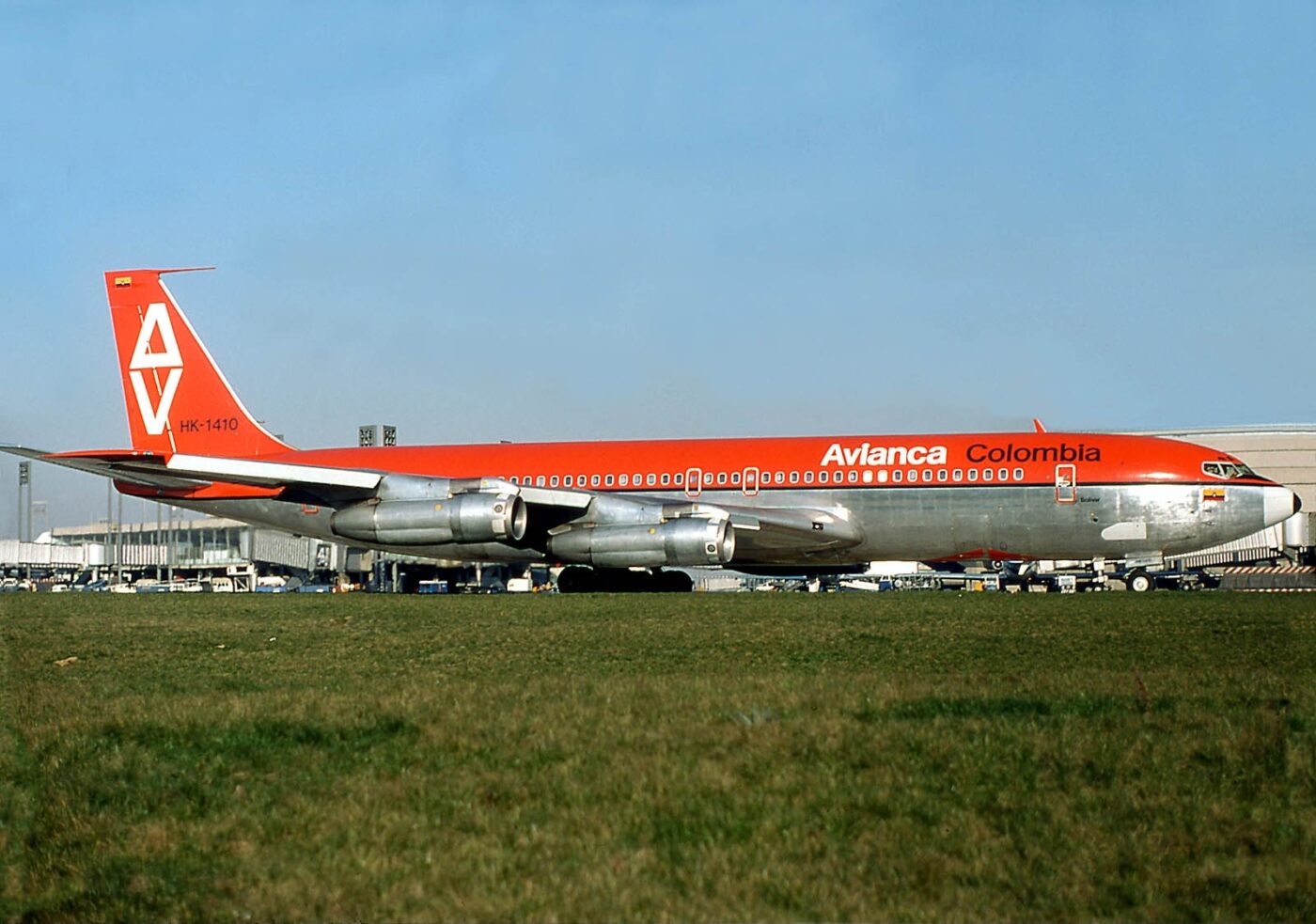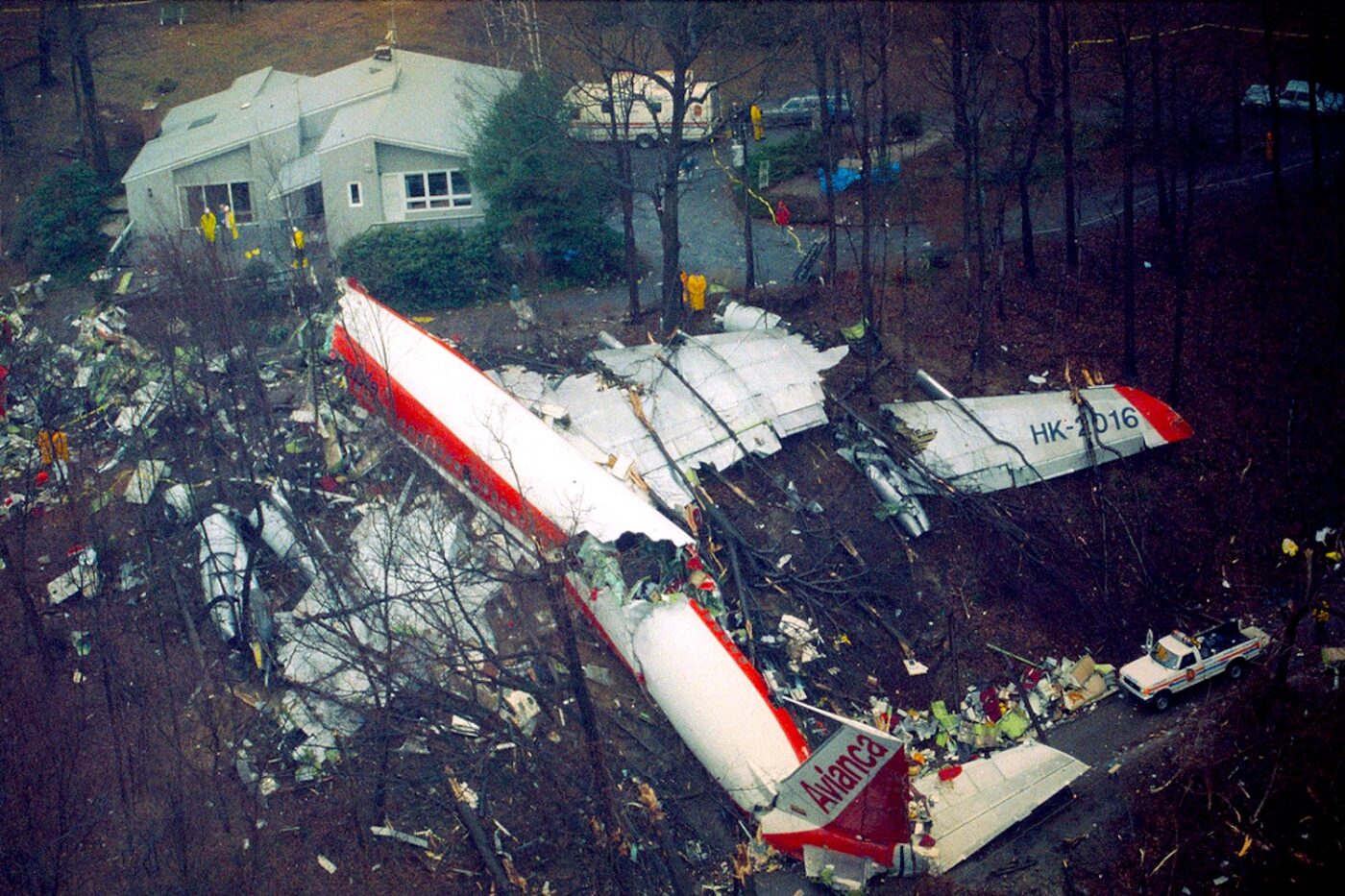Here’s how an ill-fated flight, registered HK-2016, came crashing down into an affluent village called Cove Neck, Long Island, claiming the lives of 8 crew members and 65 passengers. Whether or not this tragic end could have been avoided remains open for debate but one particular co-pilot has long been in the hot seat…
The flight had been forced into a holding pattern over New York for well over an hour as a result of inclement weather conditions over the city. Namely, a very heavy fog that was making arrivals into JFK difficult and dangerous. As this particular flight continued to circle for hours on end, its main fuel supplies naturally began to dwindle but, before the on-board team had realised it, so had its emergency reserve fuel supplies…
WATCH: Flight Attendant Survives 30,000 Feet Fall From Plane Without Parachute.
Things Turn Critical
Soon, the situation became critical. After being in this terminal hold for over seventy minutes, Air Traffic Control reached out to ask about the plane’s fuel supplies, attempting to gauge how much longer it was safe to fly. The answer was a short and terrifying one…
“About five minutes…”
HK-2016 Pilot
The plan’s proposed “alternate” landing destination had been Boston but, as they’d been holding for so long, this was no longer a viable option. As such, the controller immediately cleared the aircraft to approach JFK’s runway 22L.
However, this final attempt at averting the crisis was ultimately doomed to fail. As the flight executed its approach, it suddenly encountered intense windshear while only a couple of hundred metres above the runway, causing it to destabilizing and narrowly avoid crashing into the ground short of JFK’s runway.
Some claim that air traffic control didn’t inform the pilots about the windsheer soon enough, others call this a cruel twist of fate. Regardless, the plane had to initiate a missed landing, gaining altitude once more, fully but sadly aware that it didn’t have enough fuel to swing around for a second attempt…

With their fuel levels now critically low, the crew reached out to air traffic control once again, informing them that fuel was “running out”. A desperate plea followed as the controller requested the plane climb back up to cruising altitude, but it was met with a sombre reply…
“No, sir, we’re running out of fuel.”
HK-2016 Pilot
The Unthinkable Unfolds
Moments later, the first of four engines on the plane spluttered to a halt with the remaining three only a few seconds behind. The aircraft subsequently lost its main power, generator power, and only a handful of battery-operated systems remained. As the plane began to shut down all non-essential systems, the cabin was plunged into darkness.
The plane then plummeted into Cove Neck, located on the northern end of Long Island, only 15 miles away from its original destination. Making impact and then splitting in half as it slid down a nearby hill, the fuselage was destroyed and the cockpit severed on impact, crashing into the side of a nearby house only 50 metres away.
73 passengers and crew lost their lives, while 85 survived with injuries, marking one of the darkest chapters in American aviation history. Some point fingers at the pilots, others at air traffic control. Whoever you feel is to blame, this is a tragic accident that could and should have been avoided.
